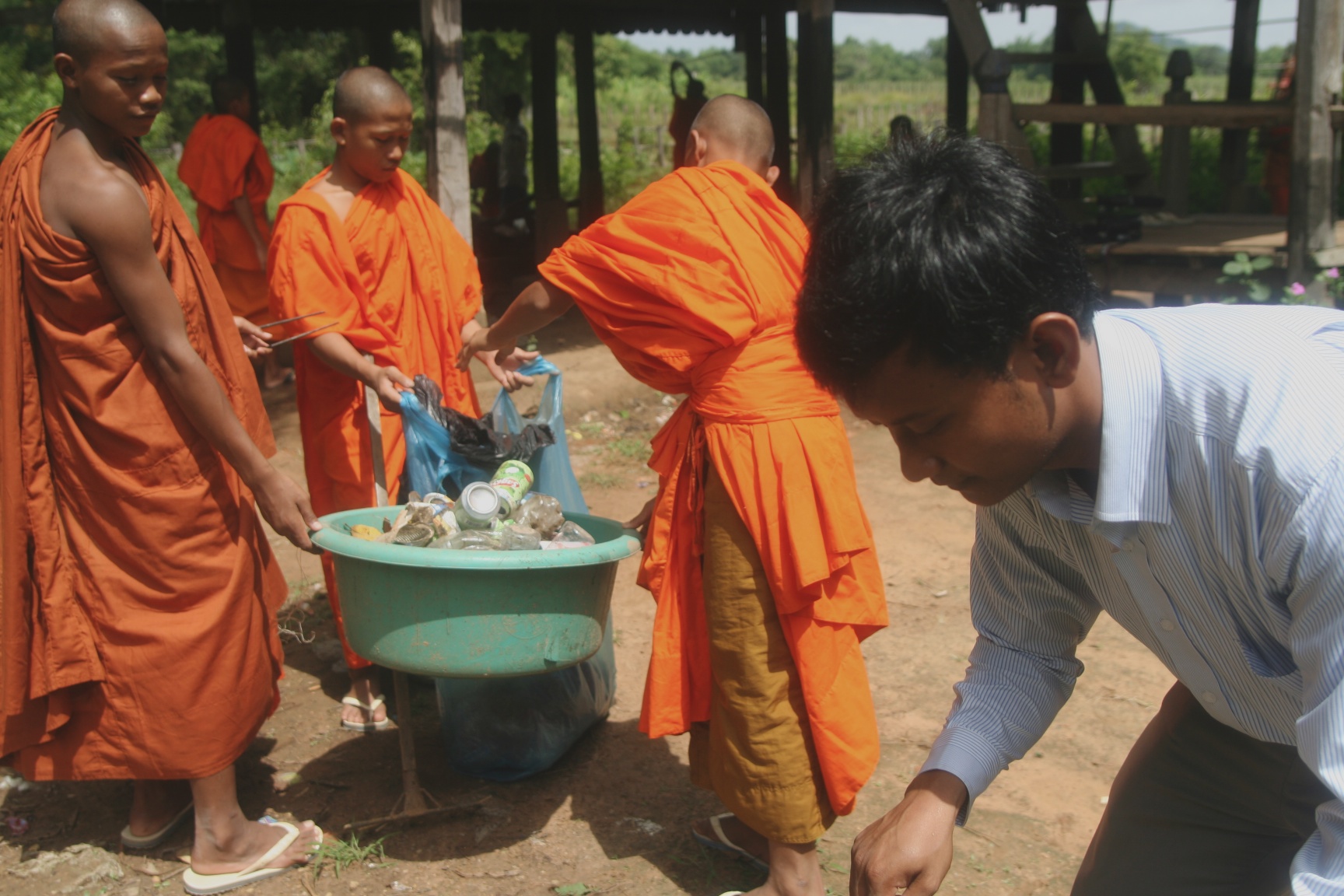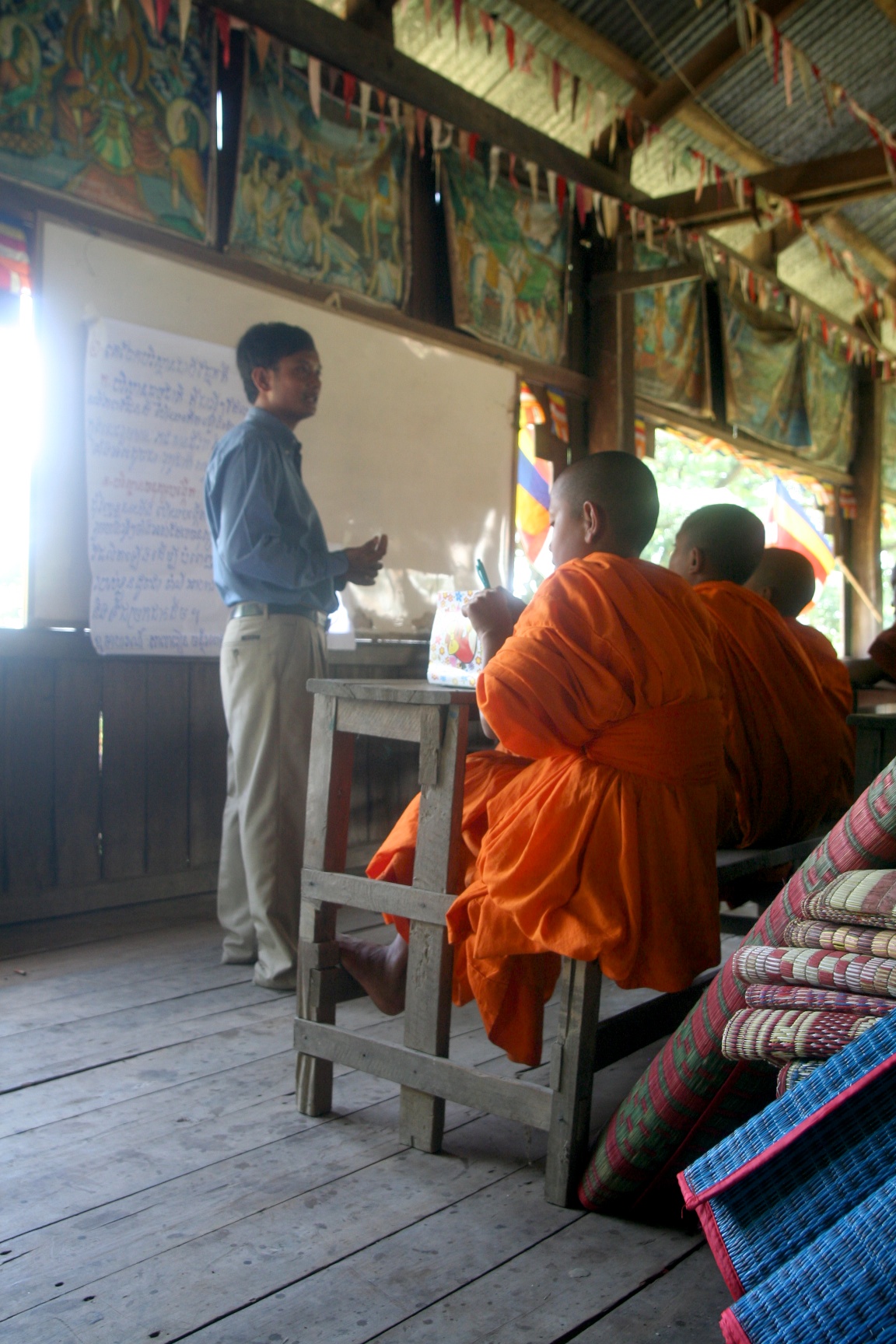photo by David Harris
From the final interview in Amongst White Clouds: beings in this world live in ignorance… they summon heaven and they summon hell…
Reading in Joanna Macy’s “World as Lover, World as Self”, there is a discussion of systems theory and how it relates to the Buddhist definition of karma. Macy quotes Karl Deutsch: “Each step on the road to ‘Heaven’ or to ‘Hell,’ to harmonious autonomy or to disintegration, was marked by a free decision…” Macy goes on to say that in life’s evanescence, “lies hope and promise. For in the flow of decisions and deeds, choices can be made that open broader vistas to perceive and know, wider opportunities to love and act.”
I feel this is hopeful. In any given moment, we have the capacity to move one direction or another. In this sense, I feel we are truly empowered.





